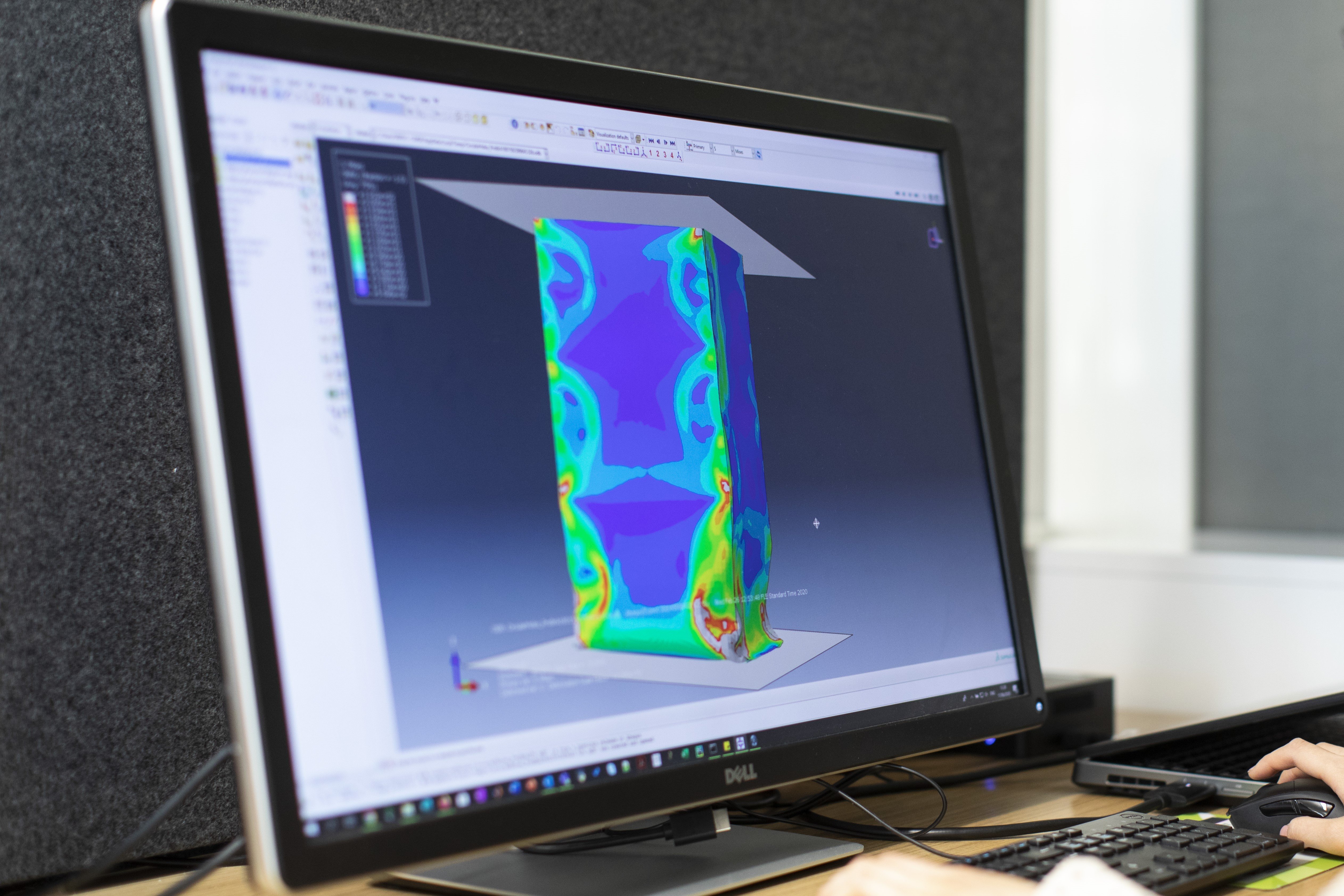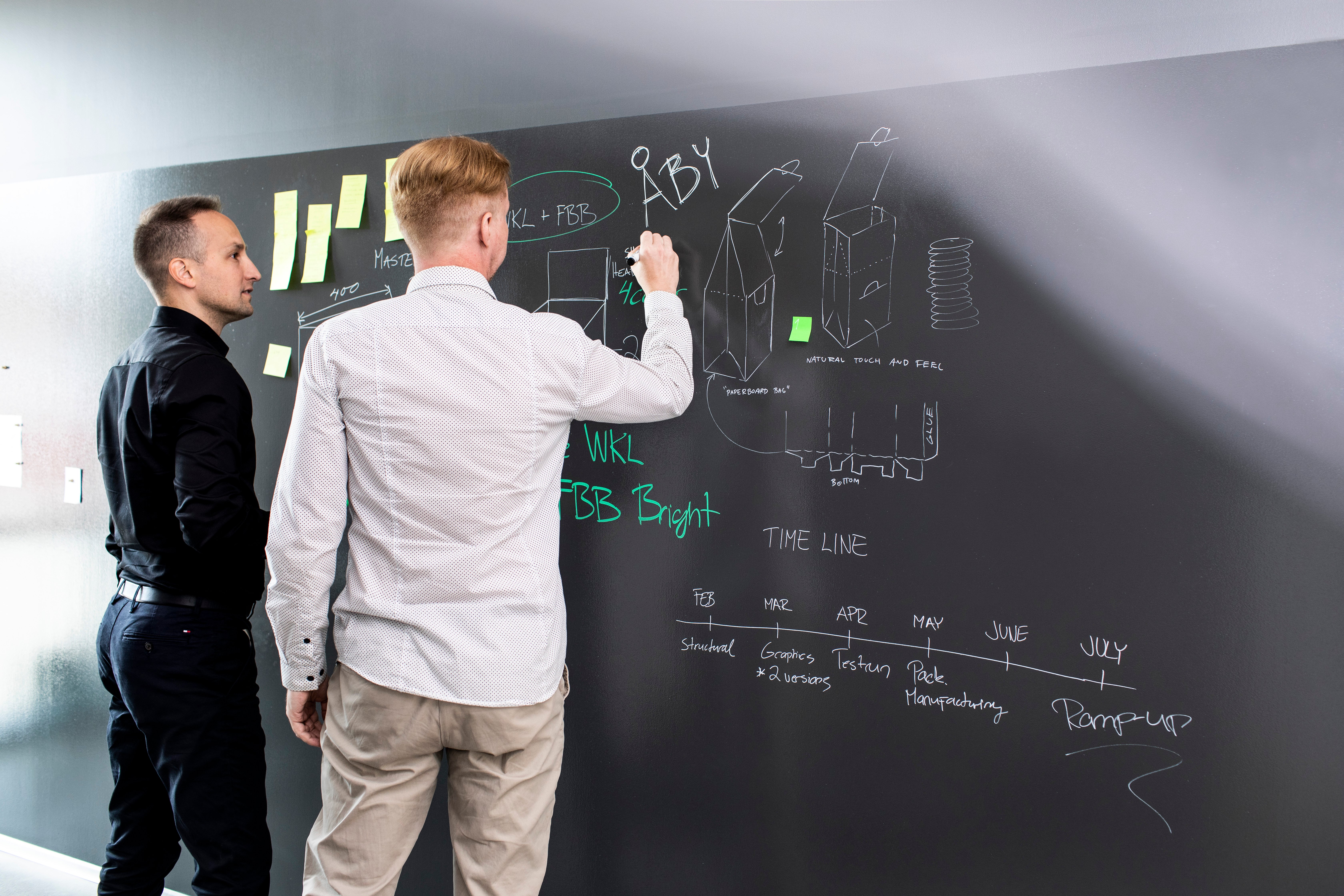Ilkka, how is Metsä Board currently using AI in the packaging design process, and what main advantages has your team uncovered so far?
AI has been supporting our packaging design team in several significant ways, offering advantages in efficiency and creativity. AI algorithms can generate multiple design variations for consideration based on specific constraints our designers define, such as material type, size, cost, strength requirements, customer preferences, and sustainability goals. It can also assist in creating and optimising our print designs, which ensures consistent branding and high-quality visuals across different packaging formats.
Internally, we’ve found that this can automate some of the more repetitive tasks our designers used to handle in the past, freeing up their time to focus on the more creative aspects of the design process. However, we’ve also found that success depends on the availability of high-quality data, sufficient computational resources, and effective human-AI collaboration.

In the future, where do you see the most potential for AI in the packaging industry, and specifically for Metsä Board?
Throughout our work with AI so far, we’ve seen that it’s a tool that can improve our packaging designs by optimising the use of materials while maintaining structural integrity and protecting the product. This includes using AI for generative design to create innovative packaging solutions from renewable materials. In addition, AI also has the potential to enable smart packaging features, such as embedded sensors for monitoring product condition and freshness, improving traceability, and reducing waste.
For our supply chain, AI could help manage and forecast demand, optimise logistics, and improve inventory planning, which can potentially reduce delays and lower overall costs. Creatively, AI could also support the development of personalised packaging concepts, such as tailored designs or messages based on consumer data, leading to better brand engagement and customer satisfaction.

You mentioned earlier that integrating AI was dependent on data quality, technological resources, and human-AI collaboration. Could you elaborate a bit on those?
There’s no doubt that AI offers great potential for the packaging industry as a whole, including our packaging design process. But as with any type of change, it’s fair to say that we’ve faced some hurdles during the implementation phase. For example, poor data quality, data scarcity, biases, and integration difficulties have been limitations we’ve encountered in our design projects that have included AI. From a technological perspective, there have also been some challenges, including the high computational costs associated with advanced AI, the complexities of algorithm selection and model explainability, and the need for ongoing maintenance.
Generally speaking, there might be challenges to train or find skilled AI personnel. There can also be resistance to change and ethical concerns. And sometimes it can be difficult to demonstrate a clear return on investment. We’ve also seen a lack of standardisation, which can cause integration difficulties with existing systems and slow down progress a bit.

Based on your team’s experience, what do you believe is necessary to successfully integrate AI in a process like packaging design?
I think the biggest lesson for us has been that successfully implementing AI requires a range of prerequisites across multiple areas, including technology, data, and organisational aspects. For example, I think defining SMART (Specific, Measurable, Achievable, Relevant, and Time-bound) goals for AI implementation is really essential. It ensures that projects involving AI integration are focused and deliver tangible value.
It’s important to remember that introducing AI often involves significant changes to workflows and processes, and humans remain at the centre of these changes. A well-defined change management strategy is needed so that the adoption is as smooth as possible. Collaboration with external partners, such as technology providers and research institutions, can also be a key success factor in integrating AI.

